As a leading Custom...
Advantages of Chocolate Packaging Tin
Chocolate is made from raw materials such as cocoa liquor, cocoa powder, cocoa butter, white sugar, dairy food additives, etc., processed through processes such as mixing, grinding, refining, tempering, casting, and freezing. The main ingredient of chocolate, cocoa butter, has a melting point of about 33°C. Therefore, chocolate will gradually soften when the temperature reaches 28°C and above, and it will melt into a slurry above 35°C. Therefore, the storage of chocolate packaging boxes is different from ordinary food packaging.
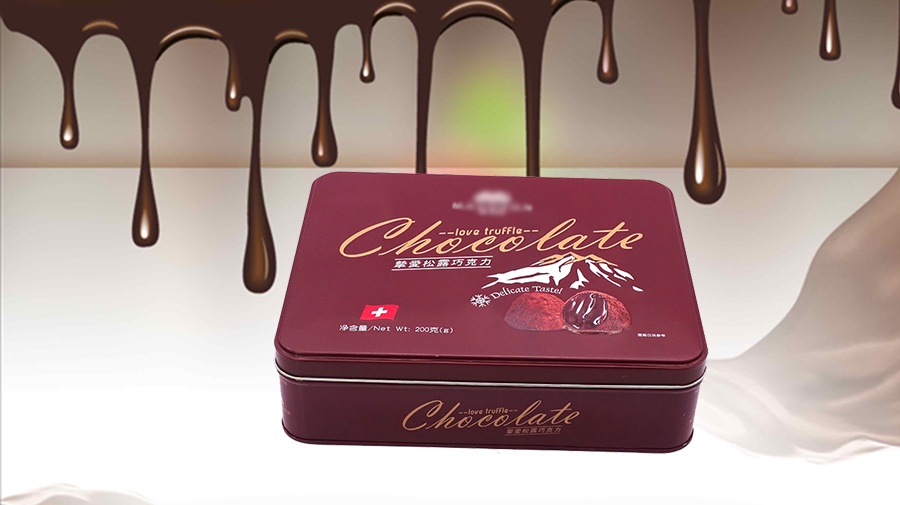
Chocolate commonly used packaging materials
Paper packaging: Paper packaging is recognized as a non-polluting environmentally friendly material, but limited by its own characteristics, paper packaging has low hardness, poor barrier properties, and poor sealing; it is generally used for outer packaging, display packaging, display packaging and transportation packaging .
Tinplate material packaging
This is a type of traditional chocolate packaging material with unique physical properties: 1. Opacity 2. Good airtightness 3. Reduction effect of tin 4. Provide a source of effective iron 5. Recyclable and reusable. Comply with international environmental protection requirements and meet future product trends. 6. Robust, good protection, no deformation, shock resistance, fire resistance, high temperature and high pressure resistance. Because of these properties, tinplate cans provide a closed system that completely isolates environmental factors in addition to heat. , Color-resistant foods deteriorate due to light, oxygen, and moisture, and do not become weaker due to the penetration of aromas or deodorized by environmental odors through pollution. The stability of food storage is better than other packaging materials, and the preservation rate of vitamin C The highest, the preservation of nutrients is also the best. Therefore, it has always occupied a place in the current chocolate packaging. Due to factors such as mature production technology, high production efficiency, wide application range, and affordable prices, it is favored by major chocolate manufacturers.
Plastic packaging: Plastic packaging has gradually become one of the main packaging materials for chocolate with its rich functions and diverse display power. With the maturity of technology, cold-seal soft packs have become the main inner packaging of chocolate due to factors such as higher packaging speed and low odor. However, plastic packaging causes environmental pollution and is gradually withdrawing from the packaging industry.
Composite material packaging: Composite materials have multi-material composite characteristics and obvious protective display capabilities, and are easy to obtain materials, simple to process, strong composite layers, and low consumption. Most composite materials use flexible packaging as the base material. Commonly used are paper-plastic composite, aluminum-plastic composite, and paper-aluminum composite.
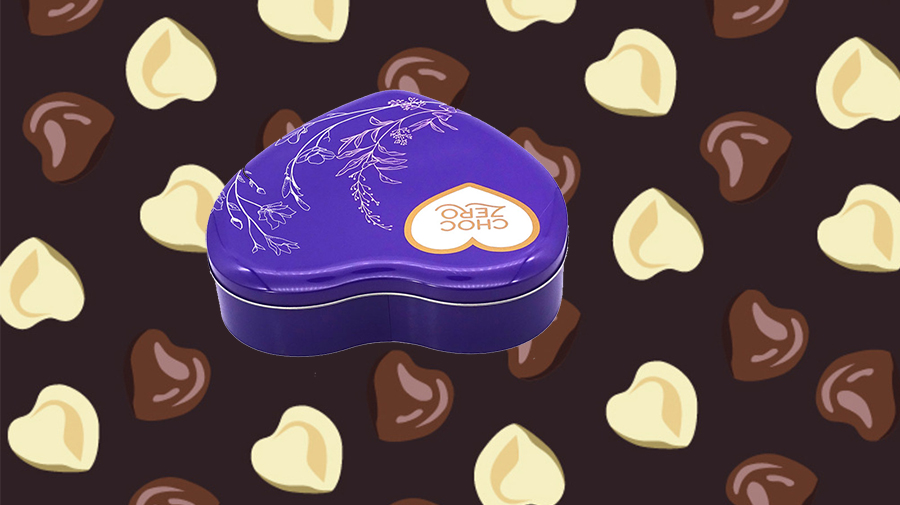
The use of various design elements such as colors, patterns and packaging materials in chocolate packaging will bring different tastes to consumers visually, thereby affecting the sales of chocolate. This kind of taste cues caused by vision should also be further explored and studied, and used in future chocolate packaging practices.
Chocolate tin box packaging can protect chocolate's due luster, fragrance, shape and extend shelf life; it can prevent microbial and dust pollution and improve product hygiene and safety; at the same time, it also shows the characteristics of a brand, and its beautiful surface attracts customers. It can also reflect its value to different consumer groups.





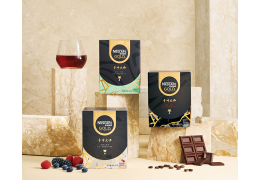
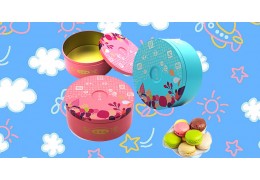
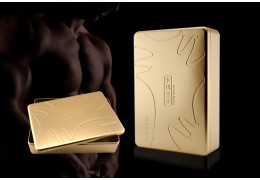

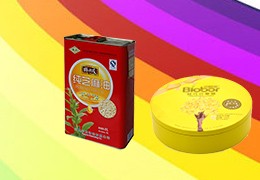

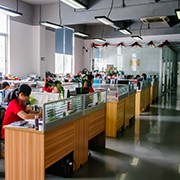


Latest comments